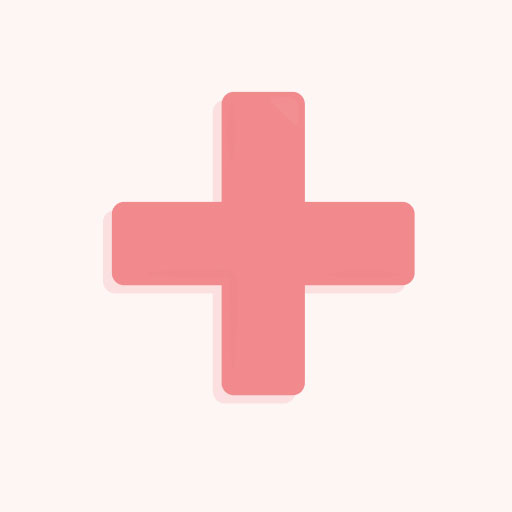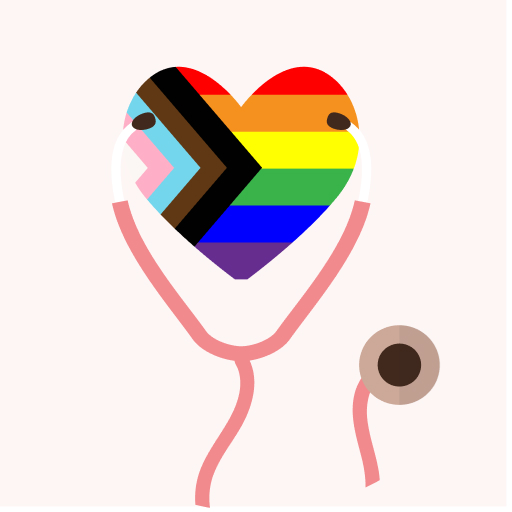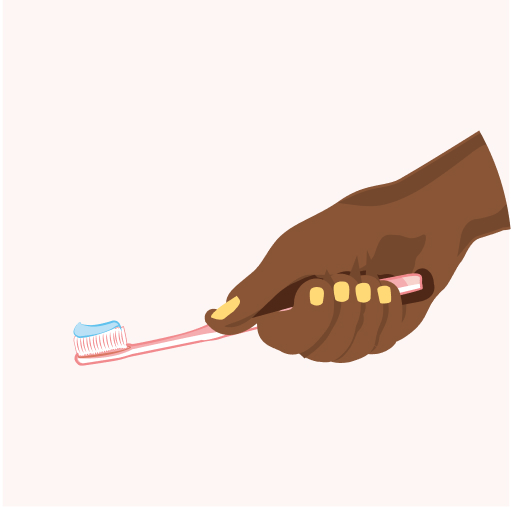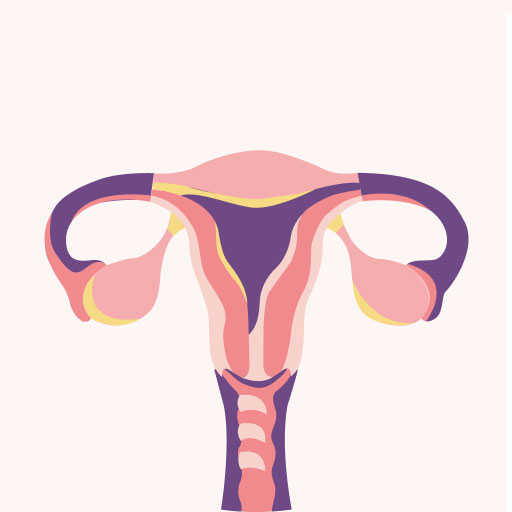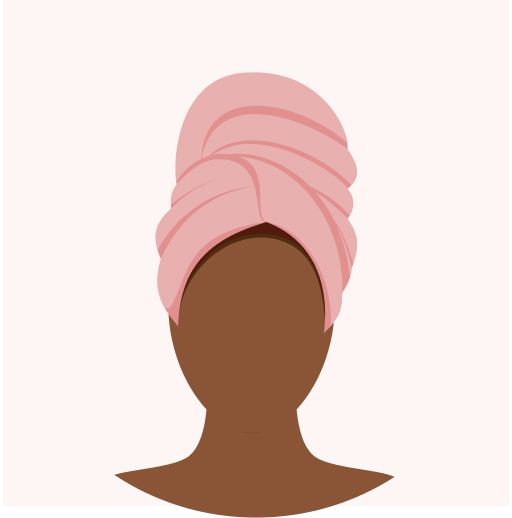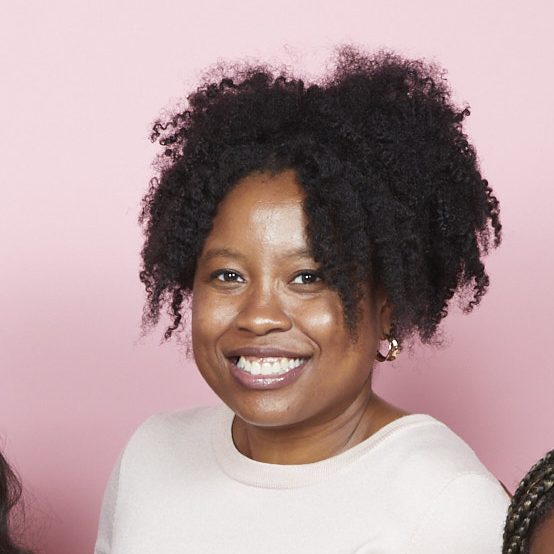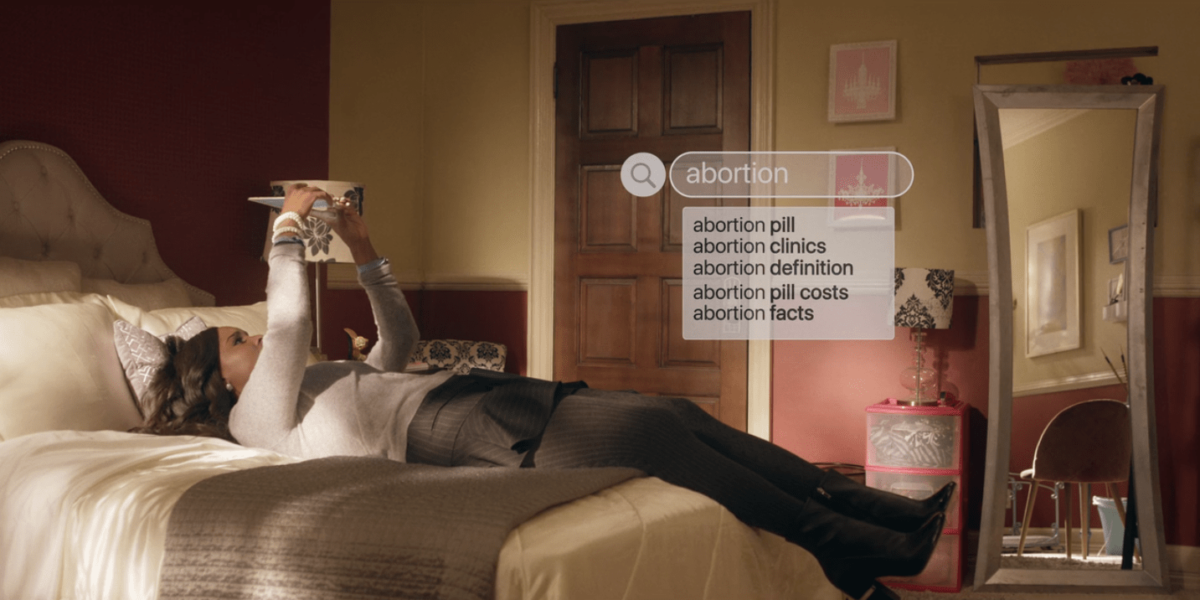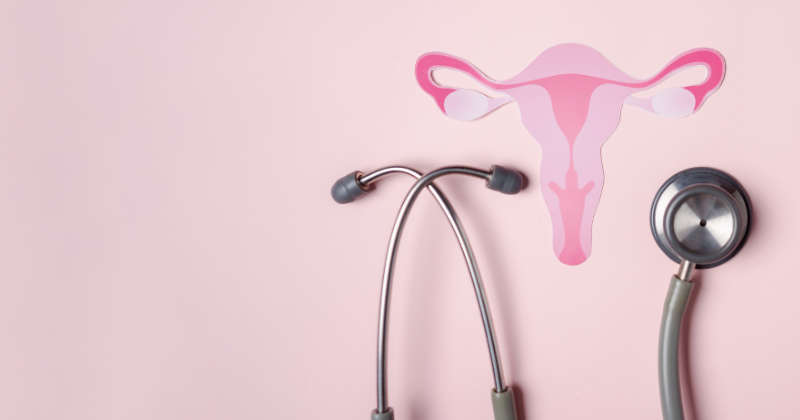
From Risks to Reasons: Empowering Black Women to Know Their Options for HIV Prevention
Health In Her HUE has partnered with ViiV Healthcare to highlight the disproportionate impact of HIV on Black women and girls and how you can help reduce the high rates of HIV diagnoses in our community and champion HIV prevention. Access the Risk to Reasons workbook – available here – to learn more.
Often portrayed as a consequence of engaging in “risky” behaviors or a death sentence, HIV/AIDS has historically been deeply stigmatized in the United States and around the world. This has limited efforts to properly address its disproportionate impact on Black women and girls.
- Black women and girls aged 13 and older make up 54% of new HIV diagnoses for cisgender women and 48% of new diagnoses amongst transgender women, despite our comprising 13% of the U.S. female population.
- Further comparison across racial and ethnic groups shows Black women being diagnosed at a rate 11 times that of white women and 4 times that of Latinas.
- Additionally, for Black women in the U.S., 91% of new HIV cases in 2019 were attributable to heterosexual contact, dispelling the misconception that HIV transmission is less of a concern for individuals having heterosexual encounters.
While it is sobering to take in these statistics, we have the power to protect and create different outcomes for ourselves by taking control of our sexual health.
One of the best tools currently available for HIV prevention is HIV PrEP (pre-exposure prophylaxis), a medicine taken in the form of a pill or injection to reduce the chance of contracting HIV from sex or injection drug use. PrEP is highly effective for preventing HIV when taken as prescribed, but more than ten years after its introduction to the public, estimates show a prescription rate of only 10% for women who could benefit from using it. There are many different reasons for this.
Generally, providers do not include women in discussions about prevention, thereby leaving us out of HIV prevention storylines. A study showed that the awareness rate of PrEP as an effective method for HIV prevention was only 16% for Black participants in comparison to 34% for white participants. Awareness was also low among both women having sex with men (16%) and women having sex with women (17%).
Outdated language around PrEP usage is another barrier – it centers on the idea of one’s “risk” of contracting HIV, which can be stigmatizing. Community members, advocates, and providers have experienced firsthand that the word “risk” is counterproductive – it is unspecific and can make someone feel like they are being judged for their behaviors. The term also disregards that some of the greatest “risks” for Black women when it comes to HIV may be poverty, homelessness or unstable living conditions, intimate partner violence, or other social determinants.
Given these factors, it is clear that Black women and girls would benefit from targeted HIV prevention efforts and greater access to quality care and resources. 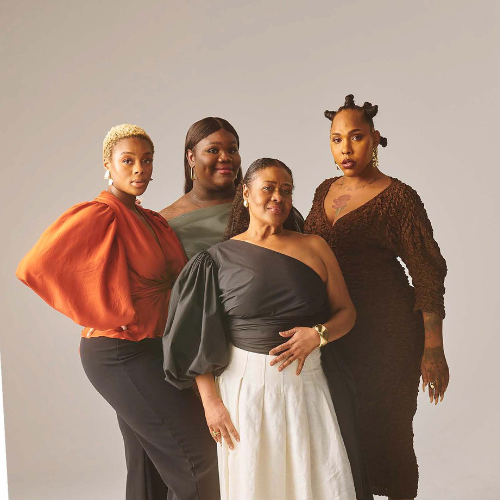
To acknowledge and tackle these barriers, the Risk to Reasons initiative was created from a collaborative effort between ViiV Healthcare — the only pharmaceutical company 100% focused on HIV, and the Black Women’s Working Group (BWWG) to Reframe Risk — a group of women living with HIV and working in HIV advocacy. They want to change the HIV care and prevention narrative for Black women and girls by developing new messages, messengers, and methods to increase awareness and action around HIV prevention for Black women of cis and trans experience. The initiative aims to ultimately have “reasons” replace “risk” as a foundation for action around HIV prevention for Black women that decreases stigmatizing language’s effect on the HIV space.
There are three focus areas according to Risk to Reasons where critical conversations about HIV can have the greatest impact on awareness, understanding, and uptake of HIV prevention and care:
1. We must think of sexual health as a critical component of our self-care routine and know that it will ultimately yield physical, mental, and emotional health benefits.
- Claiming Power, Managing Circumstances, and Taking Control – being intentional about HIV prevention is one way we can practice active autonomy over our own bodies and health, particularly in the face of inequitable, unstable, and unpredictable life circumstances.
- Prioritizing Intimacy and Desire – fear of exposure to HIV can impact our ability to enjoy sex. By proactively using prevention methods, we can reduce worries that might take us out of the moment during sex.
- Normalizing self-care – HIV prevention is part of how women take care of their overall health and well-being, an essential part of self-care that extends to the whole body. Prevention is an expression of self-love and self-worth.
2. We must claim our agency by advocating for ourselves and viewing relationships with our healthcare providers as equal partnerships in the mission to keep us healthy and well.
- Though it may be challenging to navigate the patient-provider power dynamic, it is critical that we ask providers questions and request as much information as possible about ways to manage exposure to HIV.
- We should discuss the full range of HIV prevention options that exist and what works best for our specific needs. This includes PrEP options in the form of daily oral pills or long-acting injections, along with other options like condoms and syringe services programs.
3. Healthcare providers, awareness campaign leaders, and other parties must be accountable to Black women and implement solutions to reduce the disproportionate impact of HIV on us.
- Providers should educate themselves on the specific HIV prevention needs of Black women through training and access to relevant resources. They also need to develop a sharper sense of who can benefit from specific types of prevention and learn how to hold personable and stigma-free conversations with us about our sexual health.
- They should consider social determinants that may impact a Black woman’s health needs and let her know about the full array of prevention options available to her. They should do this while keeping in mind that Black women are not monolithic. Rather than make assumptions, providers should ask questions from a place of genuine empathy and desire to be supportive.

Reducing rates of HIV transmission amongst Black women and girls is possible with dedicated effort from both patients and providers. We can use trusted resources to arm ourselves with the knowledge we need to request and utilize effective HIV prevention methods. Exploring resources from Health in Her HUE and the Risk to Reasons initiative is a great start. Providers can also use resources to develop a more targeted understanding of the needs of Black women and girls, and adopt a stance of cultural humility and empathy when discussing the options that might work best for us. Ultimately, the fight against HIV can be won as long as we claim our power over our health and healthcare providers support us.
More Content
Reproductive & Sexual Health
Abortion: A Case for Knowing Your Options
Born in Brooklyn and raised on Long...
Reproductive & Sexual Health
The Impact of Uterine Fibroids on Black Women
Black women are disproportionately impacted by uterine...
